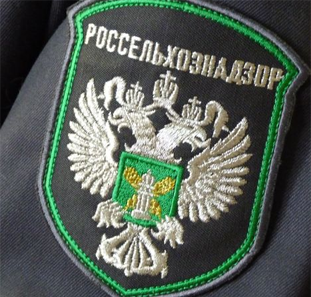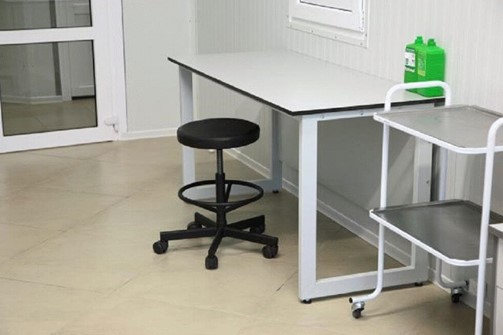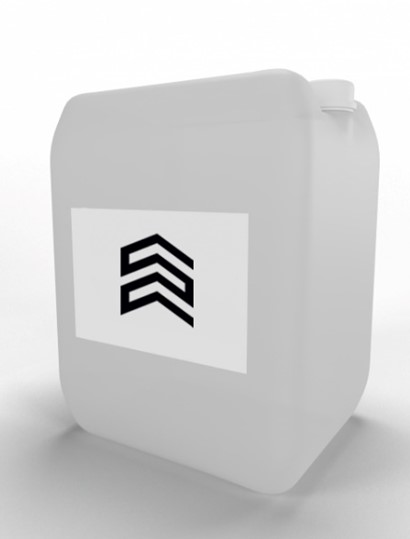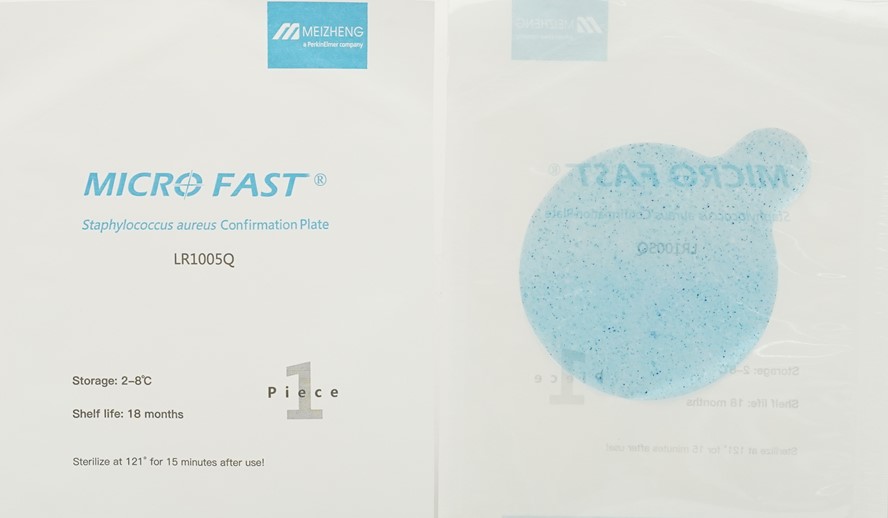Meat processing plant and GIS "Mercury": how is mutual understanding formed?
The Constanta Engineering Center published the results of a survey of MEAT processors to determine the level of automation of internal accounting for entering data into the Mercury GIS, and problematic points of interaction with the system.
The survey involved about 100 meat processing plants in RUSSIA with a production output of 30 tons or more per day. Employees of the company asked the respondents four questions. Let's look at them in order.
Question 1. How is accounting in the GIS "Mercury": in the web interface or using the integration module?
68% of respondents chose the option "using the integration module" 20% - in the web interface 12% indicated both.The results surprised the researchers. The fact is that the survey was conducted at enterprises with significant production volumes, and, accordingly, with a large number of orders. Such characteristics suggest a need for integration, even if the lion's share of shipped products is sent to the distribution center.
The fact that 20% of meat processing plants still process documents in the web interface shows that the segment is not fully automated.
So, we figured out the web interface. Let's move on to the models of working with the integration module - there may be several of them. Different companies have reached different levels of automation of the connection between the operational accounting of the enterprise and the GIS "Mercury".
Question 2. How do you issue veterinary accompanying documents (VSD): at the time of shipment or based on production records?
56% settled on the option “based on production records” 28% draw up VSD at the time of shipment 16% combine bothIndeed, immediately after the launch of the GIS "Mercury", the design of the VSD at the time of shipment was quite popular - as the fastest and easiest option. Many hoped that Mercury would soon be canceled and did not consider it necessary to automate it.
The results suggest that 44% of the respondent companies have not progressed very far. Apparently, they work in areas with not too attentive and demanding ROSSELKHOZNADZOR. At least, in many subjects of the federation, the registration of the VSD at the time of shipment was unacceptable two or three years ago. Perhaps the requirements are unevenly distributed across the country?
Question 3. By what principle is the distribution of incoming raw materials to manufactured products when registering production VSD?
47% of respondents chose distribution based on production data on the actual use of raw materials for the production of a particular product 29% - on the basis of planned standards 21% - all raw materials for all manufactured products 3% answered that the distribution of raw materials for finished products is not carried out, and the remains raw materials accumulate in "Mercury"We see that 47% of respondents claim that they draw up production VSD based on the actual distribution of raw materials. Nevertheless, maintaining contacts with many meat processing enterprises, Constanta employees have long been convinced that they themselves identify themselves as such, nothing more. In fact, there is no such number!
This approach requires the implementation of an MES system (Process Management System). However, even where it exists, in fact, the VSD is drawn up on the basis of planned standards, which reduces the risk of errors in the preparation of data.
According to the expert assessment of the specialists of the Constanta Engineering Center, based on the distribution of raw materials close to the actual one, no more than 10% of meat processing plants issue VSD. The most popular scheme today is the distribution of raw materials according to planned standards.
Question 4. How often in the last 6 months have your account been blocked due to errors in the registration of the VSD?
67% have never been blocked 29% have been 1-2 times all the time 4% have been 1-2 times every monthUser account blocking is a painful problem that most users experienced in the early days of the Mercury GIS. Obviously, now is the time to pay attention to the current state of the accounting system. It is good that 67% of the survey participants managed to find the necessary balance between its capabilities and the requirements of Rosselkhoznadzor . 29% need to improve something, and 4% seriously consider the level of automation.
What conclusions did "Constant" draw?
Within the framework of the requirements that Rosselkhoznadzor imposes on users now, meat processing plants look more or less worthy, although not ideal. Until the requirements change, there is no need to worry too much.
However, it is worth remembering that the calm often happens before the storm. Behind the "Mercury" is coming "Honest Sign". Ask your colleagues from the dairy industry what they experienced when they had to solve the problem of linking data for the GIS "Mercury" with labeled batches of products. And, take my word for it, they had a hard time.
Meat processors have only two options. Of course, you can leave everything as it is, and at one fine moment deal with two problems at once, that is, introduce the "Honest Sign" and re-implement "Mercury". Here it is important not to fall on the battlefield together with the enterprise.
The second option is to take advantage of the lull in order to revise the operation of the GIS "Mercury" with the support of the system integrator, so as not to stumble at the last moment about the impossibility of performing the "putting into circulation" operation and be forced to stop shipments.




























































